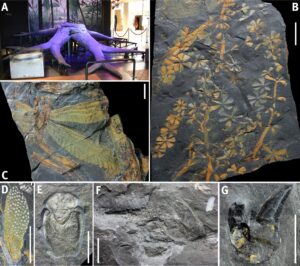As a part of the long-standing volcanism of the Carpathian–Pannonian Region, a basaltic monogenetic volcanic field developed here from 8–2.3 Ma. This is a specific type of volcanism, when mostly a small volume of magma erupts intermittently and always in a new place. The Bakony–Balaton Uplands area is an excellent natural laboratory, where several unique […]
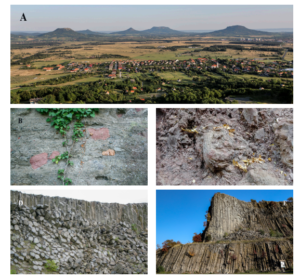
Research over decades confirms the geological values of the Papuk UNESCO Global Geopark (Croatia) as a unique place in the regional frame where several orogenic events left their traces through the formation of diverse lithologies. The important part of the geological mosaic, at least in the western part of the Geopark, is the variety of […]
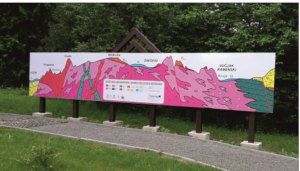
Together, places of scientific, historical or cultural significance within a region and the artefacts uncovered therefrom and displayed in museums and collections make up the total heritage of the region in question. Seemingly lifeless places and objects become enlivened in UNESCO geoparks through the combined efforts– geared towards education and tourism – of managers, researchers […]
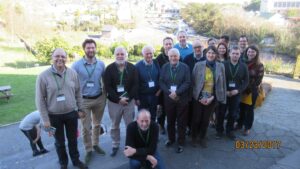
Geoheritage is an important resource for contemporary society, and the inventory of geosites remains an urgent task, especially in geologically rich, but poorly known regions. The present study offers a systematic description of the Partisan Glade geosite, which is a large, elongated locality in the western Greater Caucasus. There, tourist activities have accelerated significantly in […]
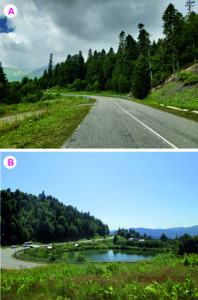
Even though geoconservation has advanced significantly in the last few decades, general awareness of its importance is limited, especially in Brazil. Here, we present an overview of geoconservation actions and initiatives in the state of Paraná. We highlight geoscientific aspects since the 20th century, the installation of interpretative panels, and key findings from the inaugural […]
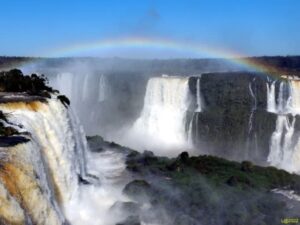
Geotourism is often thought to refer solely to ‘geological tourism’, however, more recent views suggest that the term in fact refers much more broadly to encompass not only geology, but also fauna and flora as well as cultural aspects. An area’s geo-heritage can be defined as the geological base that, when combined with climate, has […]

Inventorying and assessing geoheritage is a prerequisite for developing measures to preserve unique geological and geomorphological sites. Several researchers have developed methods for assessing and determining the value of geological and geomorphological sites. Given rapid environmental and climatic changes, it is crucial to improve the state of geoheritage assessment and inventory development. This overview presents […]
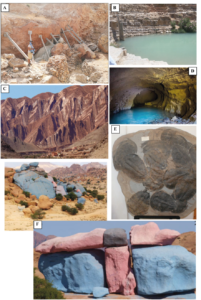
The number of geoconservation studies in Costa Rica has been increasing in the last 10 years. The Poás Volcano National Park has been characterized as one of the most visited places in Costa Rica where many tourists come to see one of the most emblematic volcanoes in the country and Central America. This study documents […]
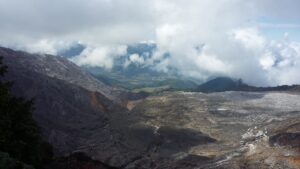
Paraguay’s first geopark began in 2017 and work is ongoing. The project is managed by a committee comprised of key stakeholders from state and municipal entities, universities, and local communities, to promote and generate sustainable local development strategies. Paraguay has significant geodiversity, particularly in the eastern region, with rocks ranging from the Paleoproterozoic to Quaternary […]
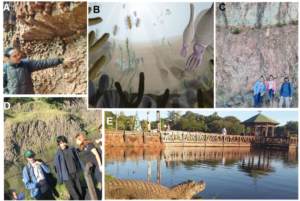
Piesberg quarry is famous for its Upper Carboniferous plant and arthropod fossils, including several holotypes of flying insects. The high degree of maturity of the Piesberg strata, such as the presence of anthracitic coal, quartzite, and large quartz crystals, led to controversies over a possible underlying thermal anomaly. The Piesberg is of further importance for […]
